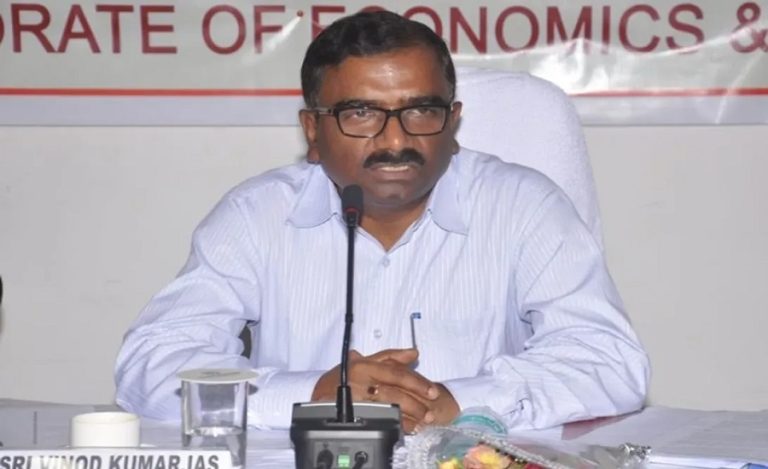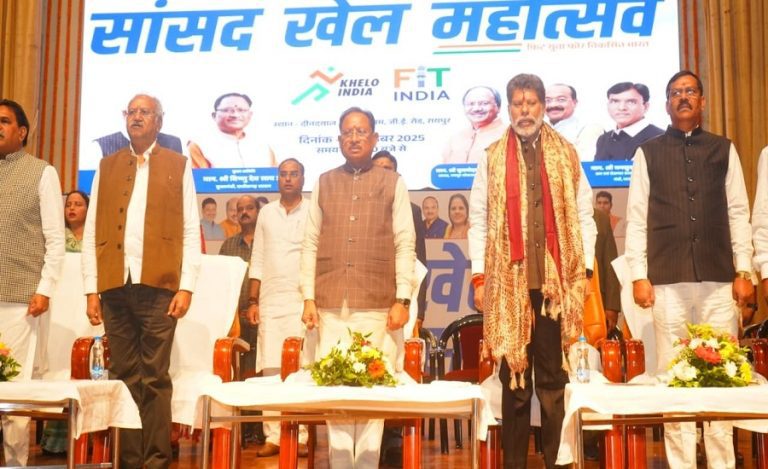Mumbai: The Bombay Natural History Society (BNHS) has urged the Ministry of Environment, Forest and Climate Change (MoEF&CC) to frame a comprehensive legal framework for grassland conservation. The society stressed that these habitats are wrongly viewed as wastelands despite their vital ecological and livelihood roles.
Grasslands Wrongly Overlooked
BNHS Director Kishor Rithe highlighted that grasslands sustain biodiversity, support livestock, aid water conservation, and contribute to carbon sequestration. He said, “Our grassland ecosystems are often overlooked and wrongly considered wastelands. But they host pollinators, provide fodder, and regulate moisture.”
Rithe cited the example of Kuno grasslands, which now serve as habitats for cheetahs, alongside those in Madhya Pradesh and Rajasthan. He emphasized that natural grasslands across India from the Thar Desert to the Western Ghats face rapid conversion to agriculture, plantations, or other land uses. This destruction has severely impacted species like the Great Indian Bustard, Lesser Florican, and Caracal.
Need for a Legal Framework
Currently, wetlands enjoy legal protection under the Wetlands (Conservation and Management) Rules, 2017. BNHS has called for a similar regulatory framework for grasslands, including the creation of State Grassland Authorities in every state and Union Territory. These bodies, modeled on Wetland Authorities, would regulate and conserve grasslands more effectively.
The idea is not new. A Planning Commission task force on Grasslands and Deserts was set up in 2006 for the Eleventh Five-Year Plan, but progress remained limited except for the launch of Project Great Indian Bustard.
BNHS Offers Support to MoEF&CC
BNHS has conducted extensive studies across grasslands in Rajasthan, Madhya Pradesh, Karnataka, Maharashtra, Assam, and Arunachal Pradesh. The organization has also restored degraded grasslands in some states. Rithe confirmed that BNHS is willing to assist MoEF&CC in drafting rules and guidelines for grassland protection, ensuring long-term conservation and better management of these threatened ecosystems.
Also Read: Forest Department Rescues 42 Munias, Arrests Two Wildlife Traffickers in Navi Mumbai



























